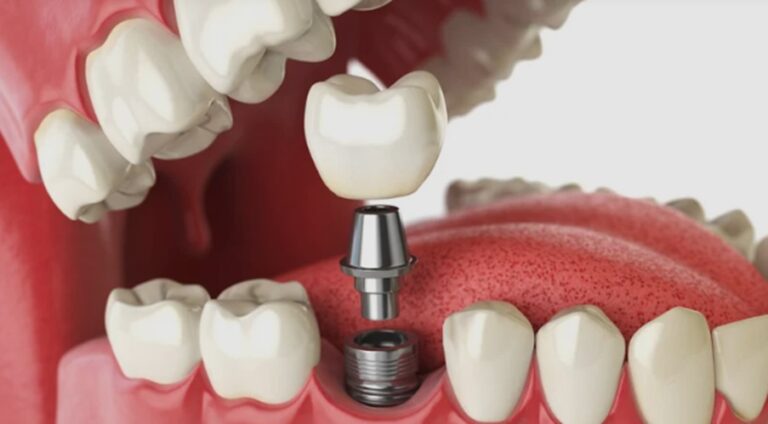
Have you ever come across these two commonly used words among musicians and wondered what their differences were? Well in this article we are clearly going to indicate the difference between the two terms.
- What is hearing screening?
A hearing screening involves a quick test on your hearing ability. It is a test on how you hear different sounds. After the screening process, you either pass or fails the screening. If you pass the test, it’s good news and you don’t need any further testing. On the other hand, if the result is a fail, then there is a need for further testing to get clear information on your hearing problem. To find out whether you have a hearing loss.
When can I do a hearing screening?
Anyone can do hearing screening at any age. For babies the screening is done after birth but before they leave the hospital. This prevents any further damage if the baby goes home without screening and happens to have a hearing loss.
Other children can perform the screening with a teacher at school or in a hospital with a doctor. Teachers can be trained to do hearing screening to pupils. An adult too should see a doctor when he detects hearing problems.
- What is hearing Evaluation?
A hearing evaluation is a thorough test. For you to conduct a hearing evaluation consider seeing an audiologist. Audiology Centre West provides hearing evaluation services for all age groups ranging from babies to adults.
An audiologist will provide information about the following.
- The type of hearing process you have- this is if your hearing screen resulted in a fail.
- How severe the hearing loss is- is it a complete hearing loss or is it partial?
- What could have caused your hearing loss, was it due to noise pollution or just poor hearing protection.
- Most importantly, give you the treatment option.
A complete hearing screening has the following part-
- Air conduction-the patient is exposed to different tones of frequencies, listening to them to detect the lowest possible volume of detection.
- Bone conduction- a bone Accillator is placed on the forehead or behind the ear of the patient to transferring sound to the ear the find out how the patient hears it.
- Word recognition- this tests the ability to understand words at a comfortable loud level. This is because a person can hear a sound at a comfortable level but doesn’t understand it.




